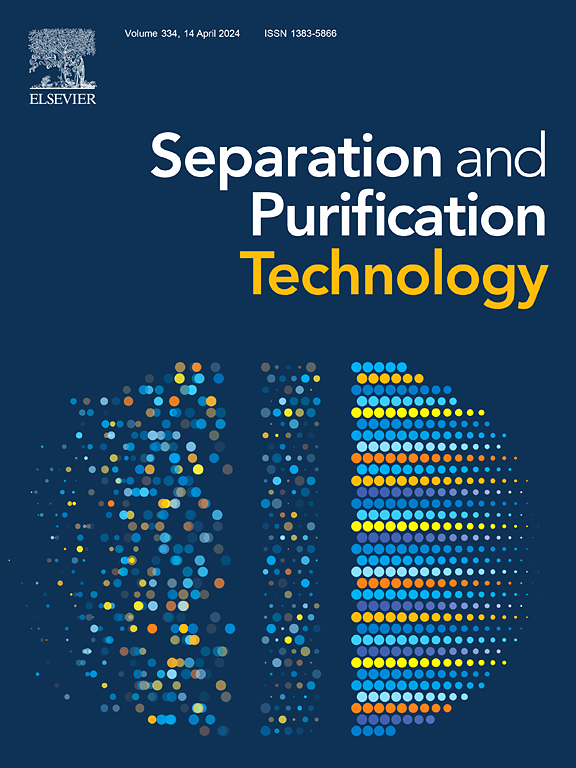Advances in metal organic framework (MOF) – Based membranes and adsorbents for lithium-ion extraction
Abstract
Lithium plays a vital role in energy storage which is crucial for the transition to renewable energy, where it enables a stable and continuous release of the harvested energy from batteries. From both primary and secondary sources, there are various cost-effective and environmentally friendly methods of obtaining Lithium. This review highlights the development of novel metal organic framework (MOF)-based technologies (i.e., thin film membranes, mixed matrix membranes and adsorbents) for Lithium-ion extraction from aqueous sources like brine or seawater. The synthesis methods and the performance of the MOF-based membranes and adsorbents are further discussed in detail. MOF-based membranes and adsorbents can achieve a high selectivity towards Lithium ions up to the range of ∼270 times higher than competing ions such as Potassium. However, these materials have drawbacks in terms of water stability or their requirement of highly sophisticated fabrication methods which need to be considered before scaling-up processes. ZIF-8, UiO-66 and HKUST-1 are among the most researched MOFs for the desired application in this work and future progress should be done to address the aforementioned issues. This review compares the development and performance of a variety of different MOF-based materials for Lithium-ion extraction which will give an insight into the commercialization of this material in the industry.

 求助内容:
求助内容: 应助结果提醒方式:
应助结果提醒方式:


